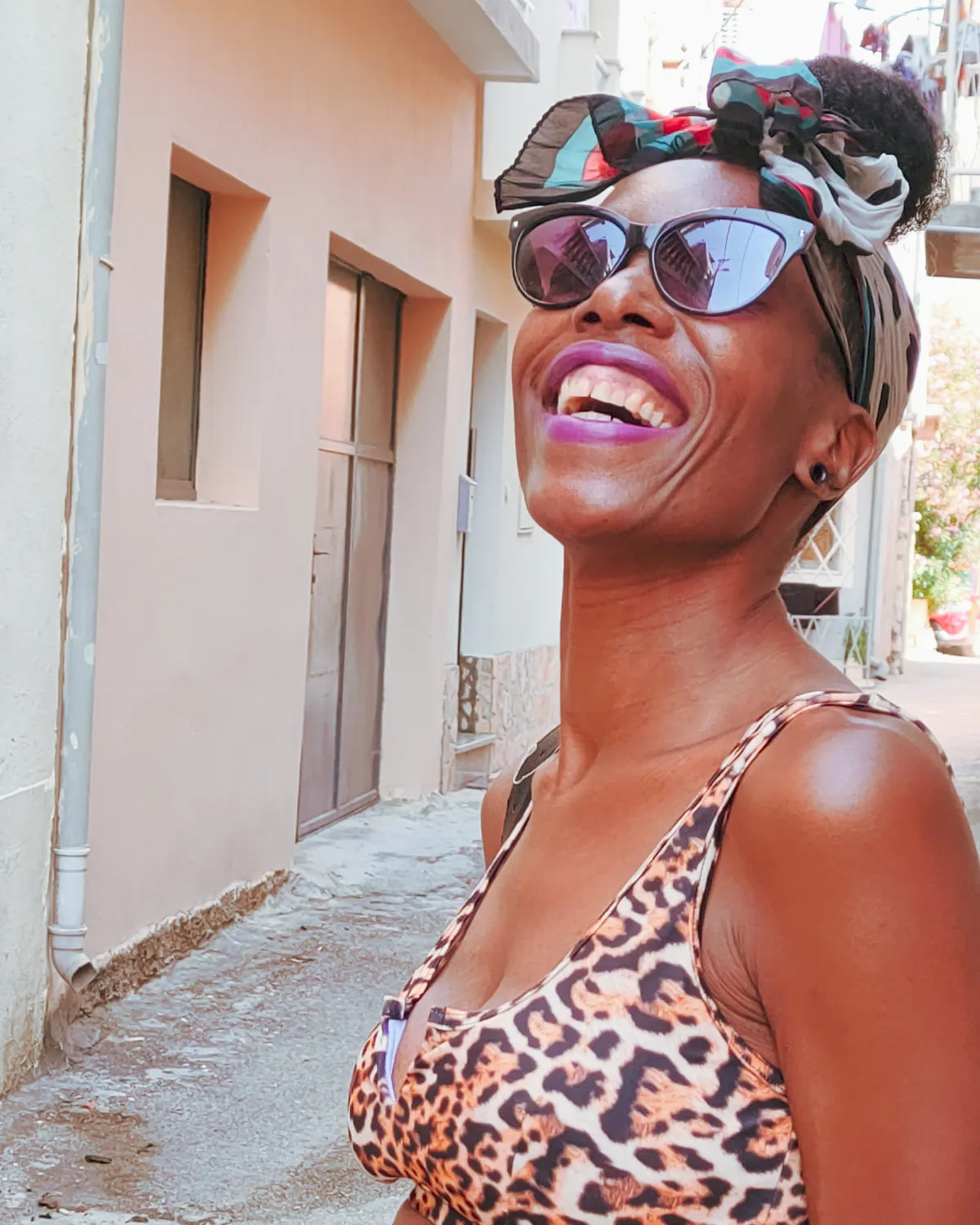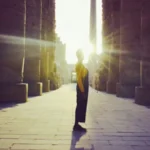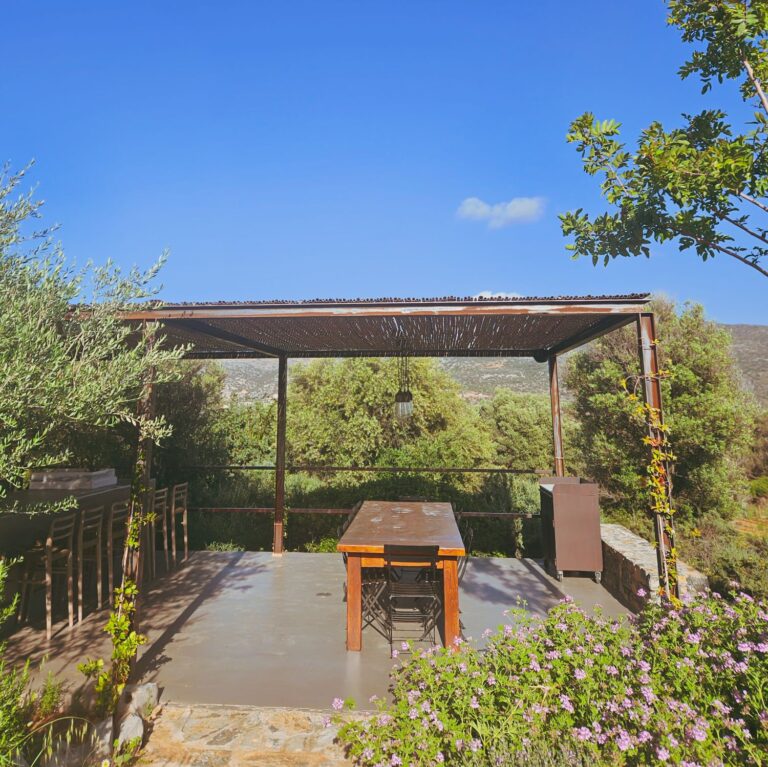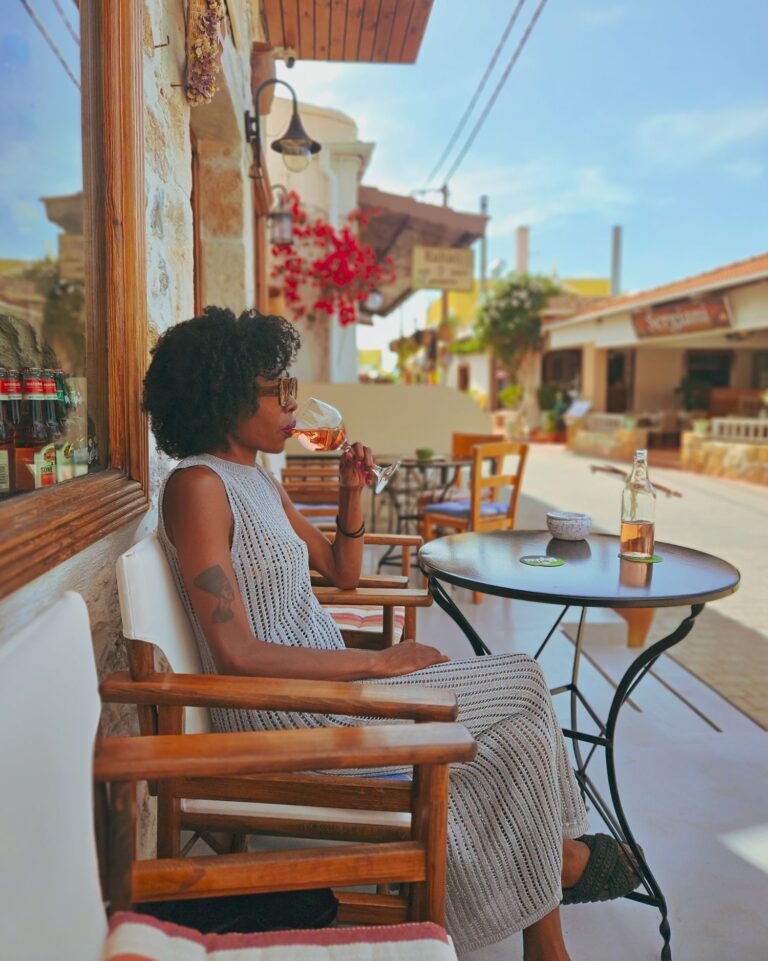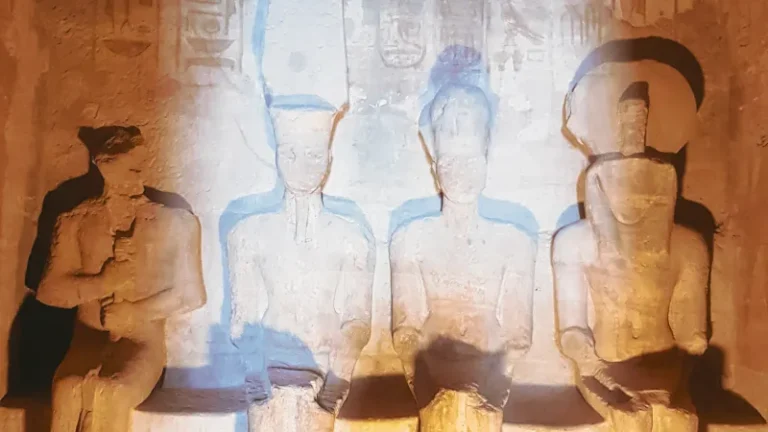My first memories of people settling their beef on the dancefloor was as a child growing up in the breakdance era in the 80s. The breaking battles which originated among African Americans included stylized footwork and athletic moves such as head spins, gymnastics and martial arts.
I have fond memories of myself and my cousins forming a circle in our grandparents front room, and each would take it in turns to perform their moves in the middle.
Long before breaking, there emerged an art in Brazil that also combines martial arts and elements of dance with acrobatics and music. This art is now known as capoeira. Some similarities make me wonder whether it could have influenced it, but that isn’t the reason for this piece.
Brazil is an amazing place to visit, but it also has a complex, interesting, and dark history.
Having grown significantly in recent years, you may already be familiar with capoeira, but are you aware of its history and development?
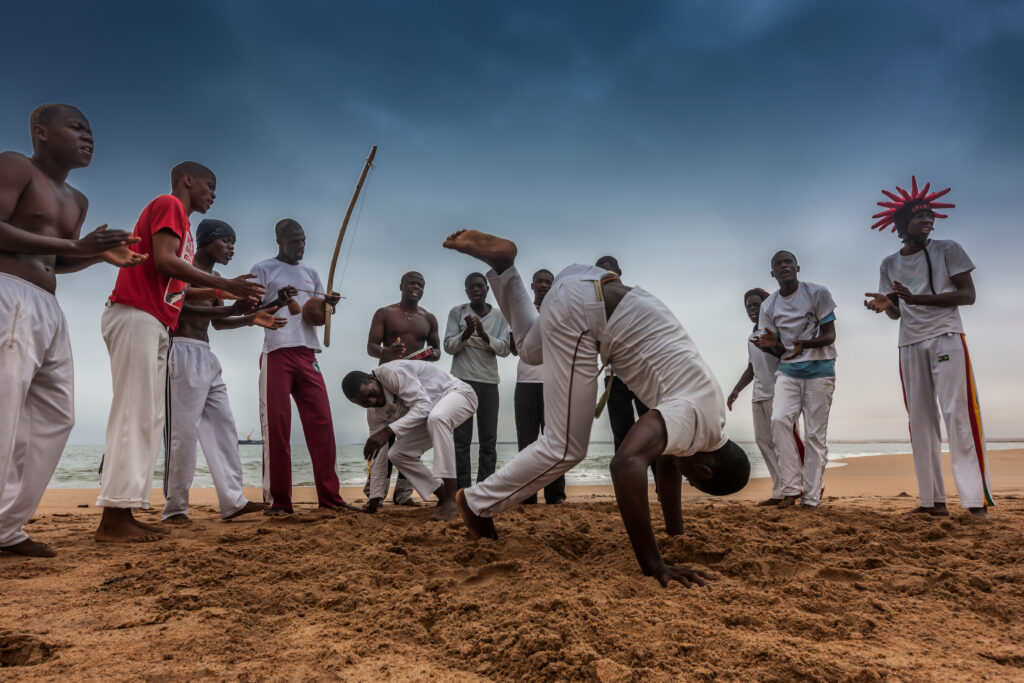
What is Capoeira?
The Afro-Brazilian art form, known as capoeira, was developed in Brazil by enslaved Africans brought to the country by Portuguese colonists during the transatlantic slave trade in the 16th century.
Brazil, with its vast acreage, received around 40% of African people via the transatlantic slave trade and was the largest contributor to slave migration. Though it is impossible to document any definitive numbers, it is estimated that approximately 4.9 million Africans were enslaved and imported to Brazil between 1501 to 1866. Here they would toil the extensive plantations that once made Portugal one of the wealthiest empires in the world.
As the majority of enslaved Africans were taken to the northeastern region of Bahia, the practice of capoeira is most strongly associated with this area. It is important to note that Bahia today remains the headquarters of Brazil’s African heritage.

How it started
Capoeira originated in Angola and developed in the sugarcane fields of Brazil. Enslaved Africans would disguise fighting techniques by incorporating various elements of their culture, including dance, music, acrobatics and differing fighting forms. By adopting musical instruments and acrobatic moves, they fooled their oppressors into thinking they were dancing by hiding violent kicks and powerful movements while moving rhythmically.
As enslaved Africans were prohibited from celebrating their cultural customs and forbidden from practising fight moves for fear of an uprising, Capoeira was a means of defence to fight oppression and free themselves from slavery.
It emerged to disguise cultural practices and sparring by incorporating music to make it look like a game. Secretly practising this art also maintained their culture and lifted their spirits. Therefore, capoeira was born not only as a survival tool of self-defence but also of cultural identity.
Similar to Maroons in the Caribbean and parts of North America, when enslaved Africans escaped, they fled and established small villages called Quilombos deep in the rainforest of northeast Brazil. In these communities, they would revive various traditional cultural practices away from colonial oppression.
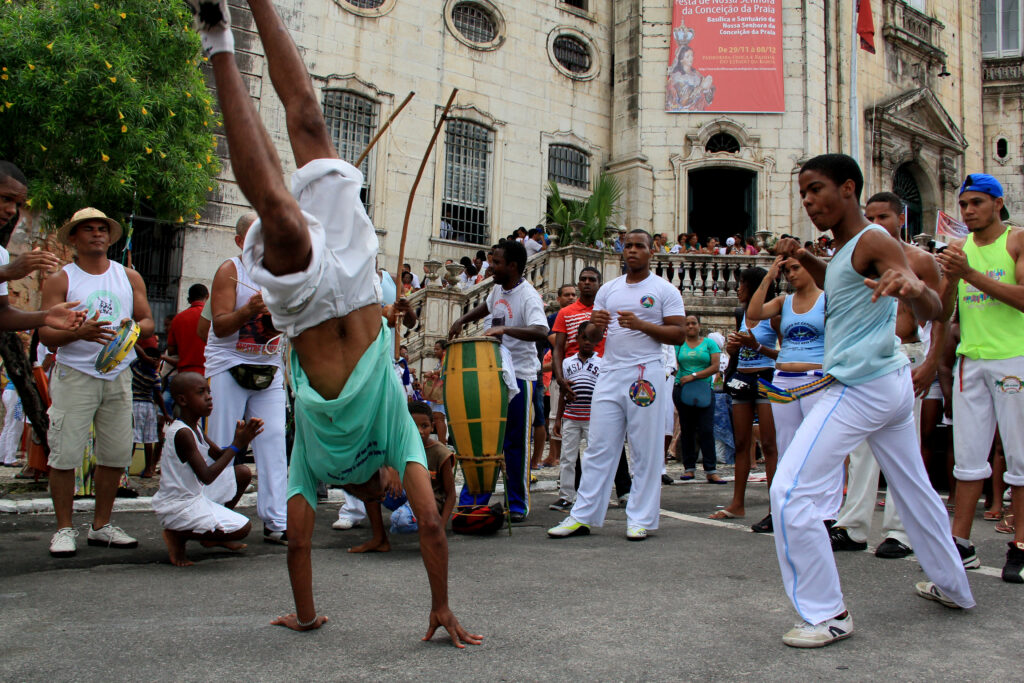
Capoeira Post Slavery
Brazil was the last country in the Americas to abolish slavery in 1888, but capoeira continued to flourish within the Afro-Brazilian community, particularly in Bahia.
The Brazilian government felt threatened by the physical and spiritual power of capoeira and feared the now ex-slaves would use it to revolt. Therefore, the practice became outlawed.
As the art was now associated with crime, the police were brutal in their attempt to eradicate it. Punishment for practicing capoeira was extreme and included practitioners having the tendons on the backs of their feet cut. Despite this, capoeira continued to be practiced, but it moved further underground. Capoeiristas (practitioners of capoeira) were known only by their nicknames, making it more difficult for the police to identify and arrest them since their real identities were unknown.
Persecution of the art eventually decreased and by the 1920s authorities, had relaxed enforcement of its prohibition. Furthermore, by now, martial artists were incorporating capoeira techniques into their practices.
A legendary capoeira Master, Mestre Bimba, rescued the art form and opened the first capoeira school in Bahia in 1932, but the art was still illegal. However, in 1937, Mestre Bimba was invited to demonstrate his art in front of the Brazilian president, after which he was given official permission to open the first capoeira school in Brazil.
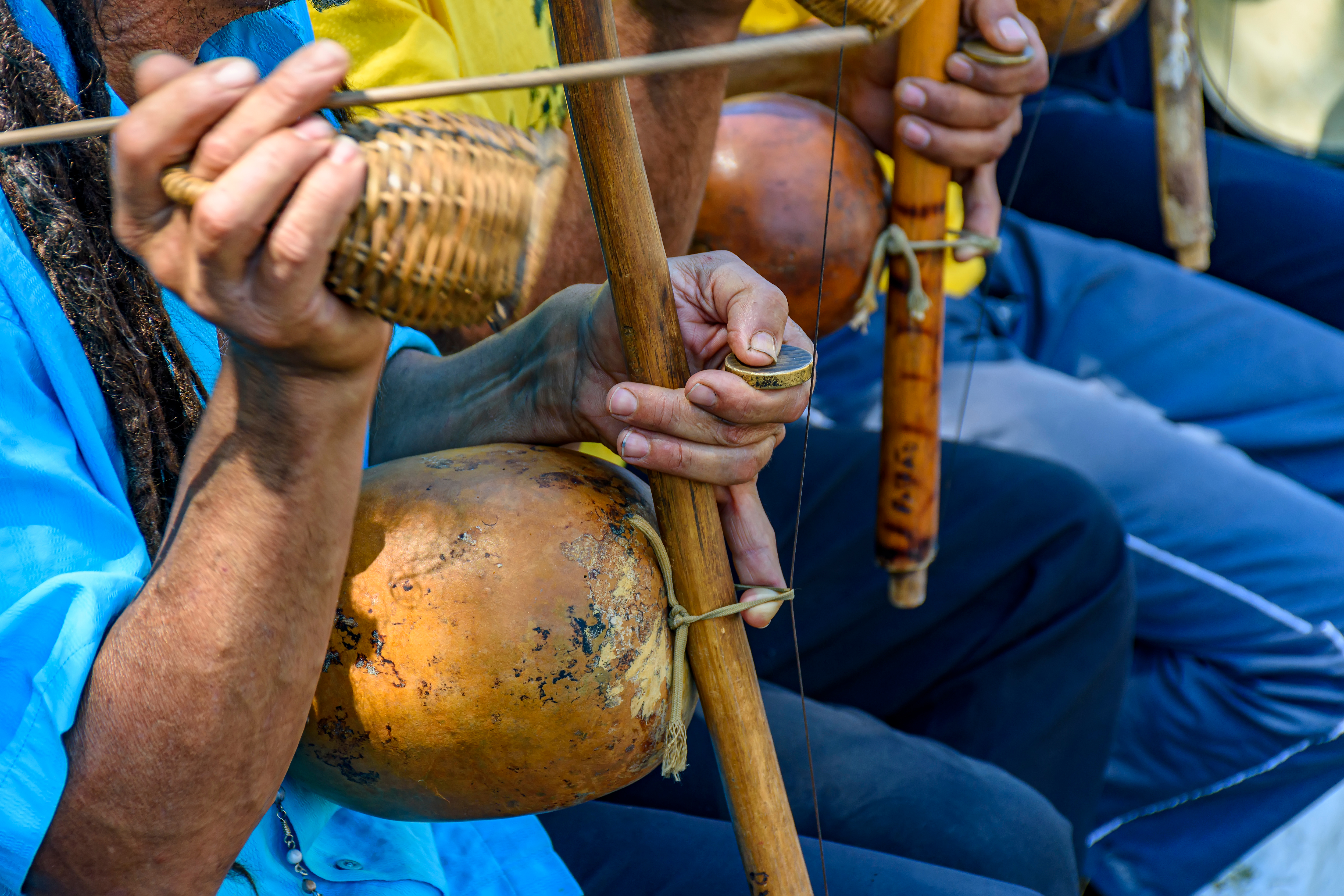
How is Capoeira performed
Music is integral to the performance of capoeira, and it is accompanied by a small orchestra of instruments. The primary instrument is the berimbau, a musical bow that originates from Angola. Further instruments include two atabaques (drums), pandeiro (tambourine), agogô (bell) and reco-reco (scraped bamboo tube). All instruments accompany call-and-response songs, usually led by one of the berimbau players.
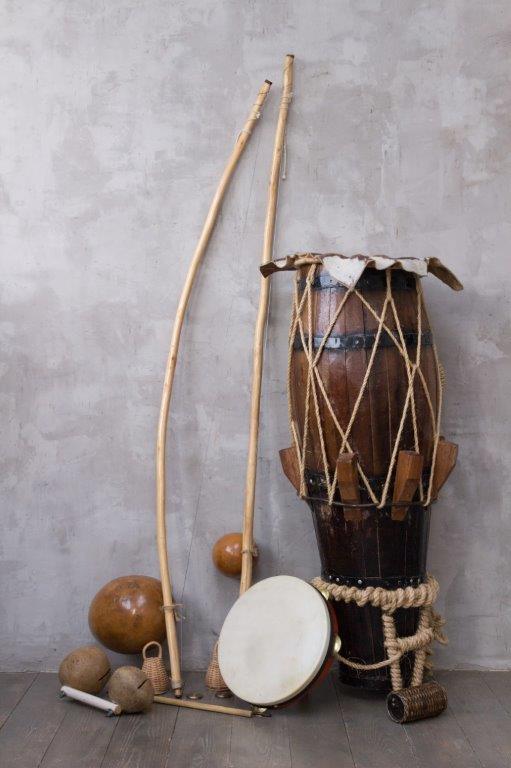
Two opponents face each other within a circle known as a “roda“, inside of which the game is played. The roda is made up of capoeiristas that contribute to the energy that drives the players inside the circle by playing instruments, clapping their hands and singing capoeira songs.
In a ritualistic manner, the opponents battle the strikes and deflection of combat in time with the rhythm of the music. The fighters would plant their hands on the floor and wheel their heels at each other while carefully avoiding contact.
As the kicks are so dangerous, this dance-fight could kill, but capoeira is non-contact, and though you want to demonstrate that you could hit your opponent, that should not be your intention. That said, people can and do get hit due to performing kicks and dodges in pairs.
Historically, at times blades were strapped to the participants’ ankles or held between their toes and they would swing their legs high in attack, perform aerial somersaults, and pass within a whisker of each others knees, head, groin, or stomach. Weapons are rarely used today, except occasionally for special ceremonies within the performance circle.
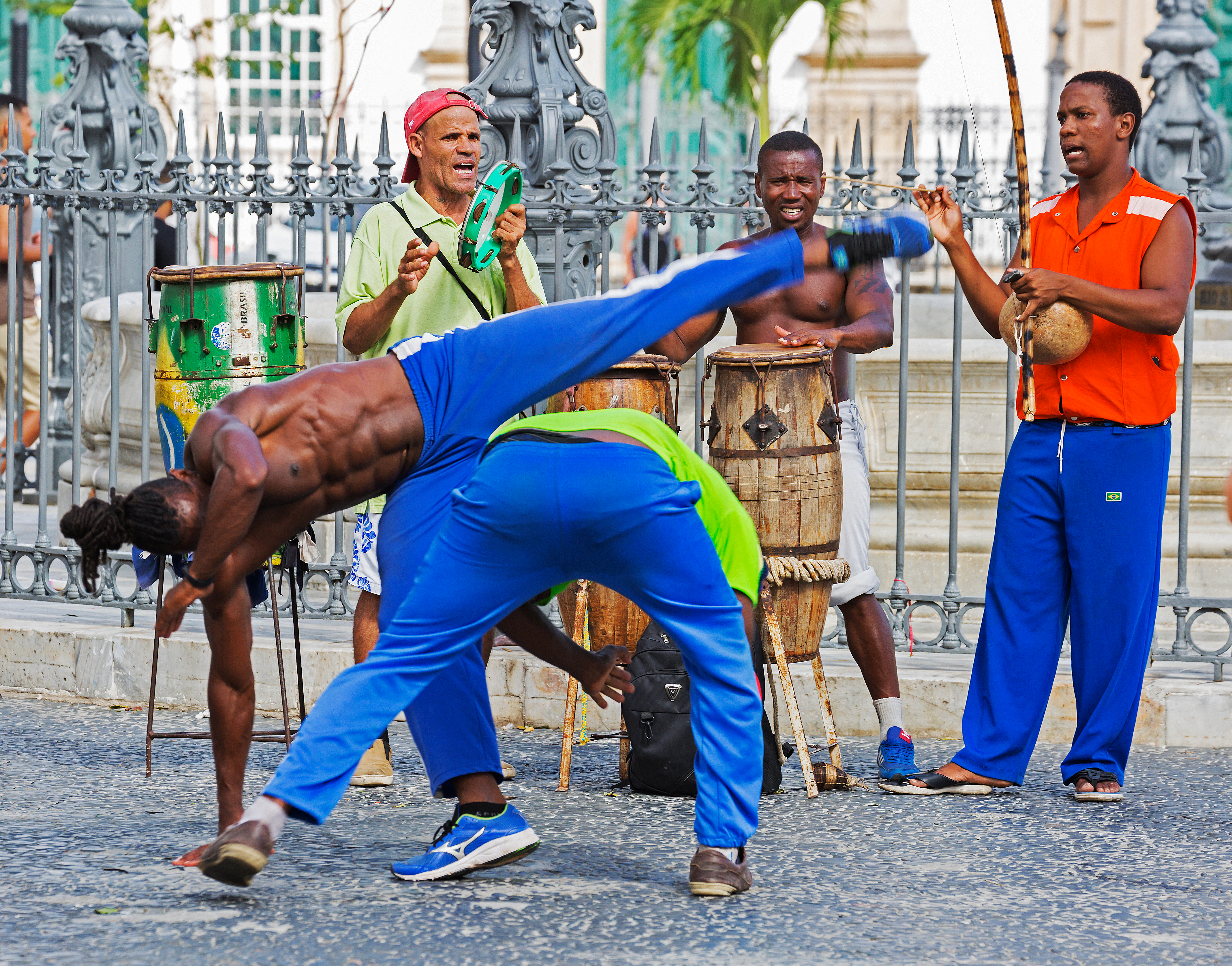
Types of Capoeira
There are two main distinct styles of capoeira that stem primarily from two Mestres in the 20th century. Mestre Bimba, mentioned above, developed capoeira and is the father of the modernized capoeira style called “Regional”. Mestre Pastinha is the founder of the more traditionalist capoeira Angola that strove to keep closer to the art’s roots. Capoeira Angola is the closest form to the capoeira played amongst the enslaved Africans.
- ANGOLA – characterized by slower and lower movements with particular attention to the rituals and tradition of capoeira.
- REGIONAL – known for its fast upright acrobatic play where technique and strategy are the key points.
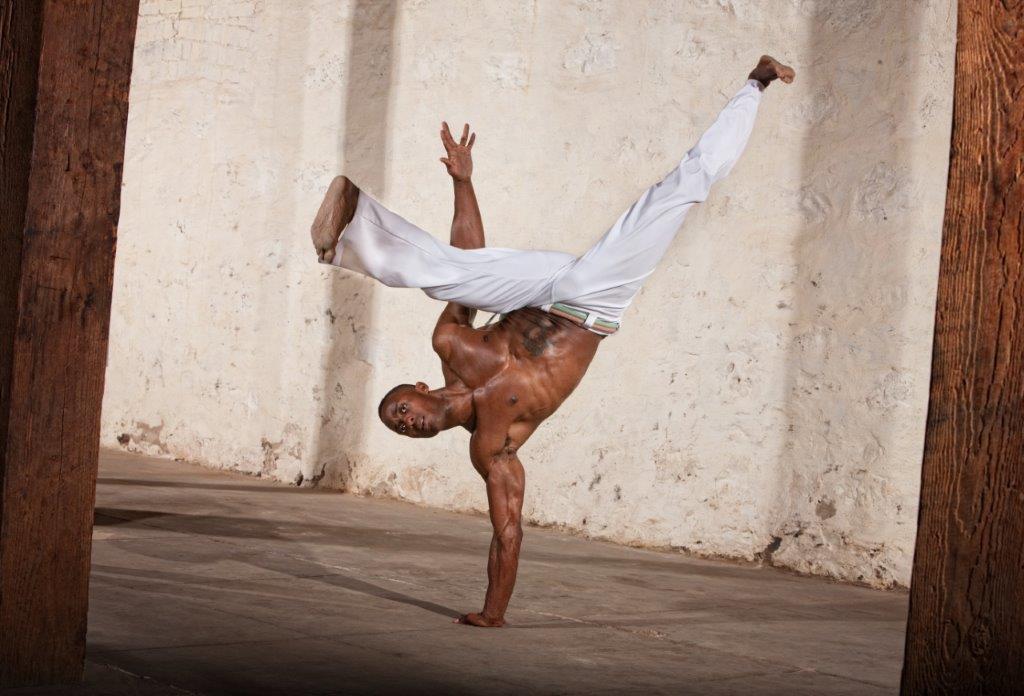
Capoeira today
Capoeira was born as an expression of resistance and resilience and brought spiritual and emotional empowerment. That resilience has made capoeira a cultural symbol of Brazil, and the art is now the second national sport in the country.
It has also gained respect as a martial art form worldwide, with an estimated 8 million practitioners of both styles across 160 countries. On 26 November 2014, capoeira was granted a special protected status as intangible cultural heritage by UNESCO.
It is interesting to note that the roda circle in capoeira is symbolic of life and represents renewal. It is never-ending and, therefore, eternal. Capoeira has proved itself to be such and continues to this day due to the strength of our ancestors. If you are ever in Brazil, particularly Bahia, be sure to check out a capoeira performance.


